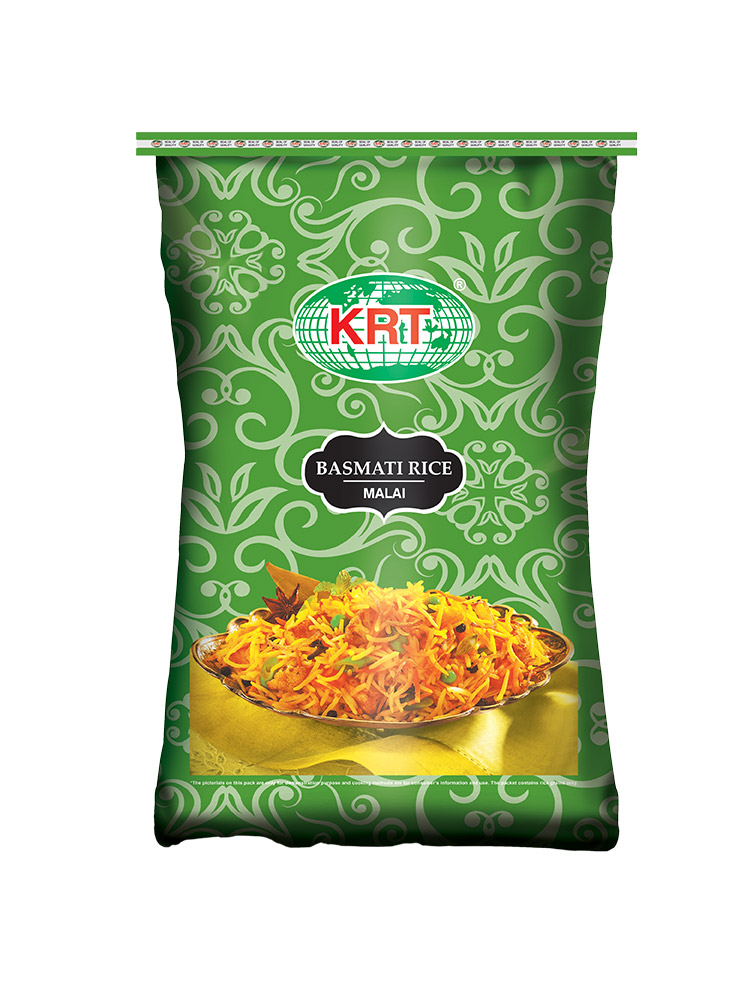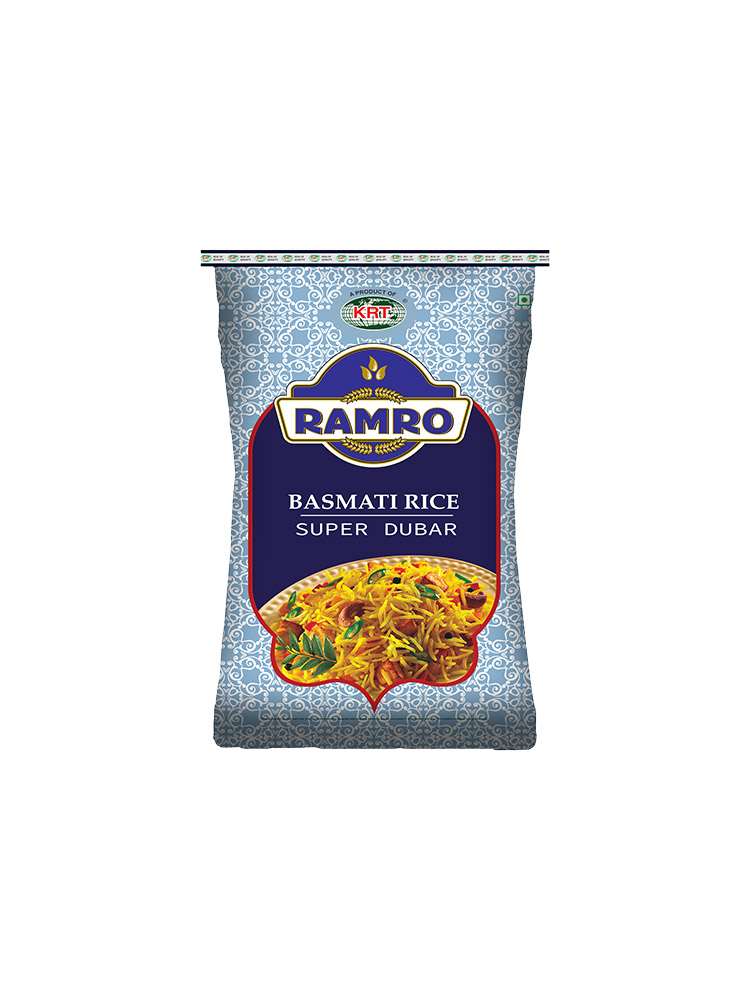In Indian households, rice is more than just a staple food — it is a symbol of life, prosperity, fertility, and purity. From birth to marriage, and even in death, rice finds a place in every major life event, making it deeply intertwined with India’s cultural and spiritual fabric.
1. Rice in Birth Ceremonies: The First Grain
In many parts of India, when a child begins eating solid food for the first time, a special ceremony called Annaprashan is held. Cooked rice, often sweetened or made into kheer, is fed to the baby by elders in the family. This isn’t just about nourishment — it marks a child’s entry into the world of tradition and shared meals.
2. Weddings: Symbol of Fertility and Blessings
Rice plays a key role in Indian weddings, across regions and religions:
- South India: Brides hold rice in their hands during the wedding rituals, symbolizing purity and abundance.
- North India: During the “vidaai” (farewell), a bride throws rice over her head, blessing her parental home with prosperity as she leaves.
- Rice Showers: Guests often shower newlyweds with rice to wish them a life of wealth and happiness.
3. Rice in Religious Offerings (Prasad and Havan)
- Uncooked rice mixed with turmeric is offered to gods and goddesses during pujas as a symbol of devotion and purity.
- Akshata (turmeric-coated rice) is sprinkled on devotees during blessings.
- In havan (fire rituals), rice is added to the sacred fire as an offering to the divine.
Rice is also central to dishes offered as prasad, such as pongal in Tamil Nadu, kheer in the north, and payasam in Kerala.
4. Harvest Festivals: A Celebration of Rice
Rice cultivation is the heartbeat of many Indian communities, and this is reflected in harvest festivals:
- Pongal (Tamil Nadu): Celebrated with freshly harvested rice boiled in milk and jaggery.
- Makar Sankranti, Bihu, and Onam also revolve around rice dishes and rituals, honoring nature’s bounty.
These festivals reflect gratitude towards the land and the hard work of farmers.
5. Death and Ancestor Worship
Even in mourning, rice plays a symbolic role. Pind Daan — a ritual to pay homage to ancestors — involves balls of cooked rice offered with prayers for the departed soul’s peace.
6. Daily Rituals and Superstitions
- A handful of rice is often kept in home temples as an offering to deities.
- Dropping cooked rice is considered inauspicious in many households, as it is seen as food blessed by the divine.
- In rural areas, rice grains are used to create rangoli patterns on festival days or as part of welcome rituals.
Conclusion: A Grain That Carries Generations
Rice in India is not just about nourishment. It’s about emotion, identity, and faith. It connects generations, rituals, and regions — from the sacred temples of Varanasi to the lush fields of Punjab and the paddy-sown landscapes of Kerala.
At KRT Foods, we understand that when we offer rice, we’re not just delivering a grain — we’re delivering tradition, trust, and timeless cultural value.






